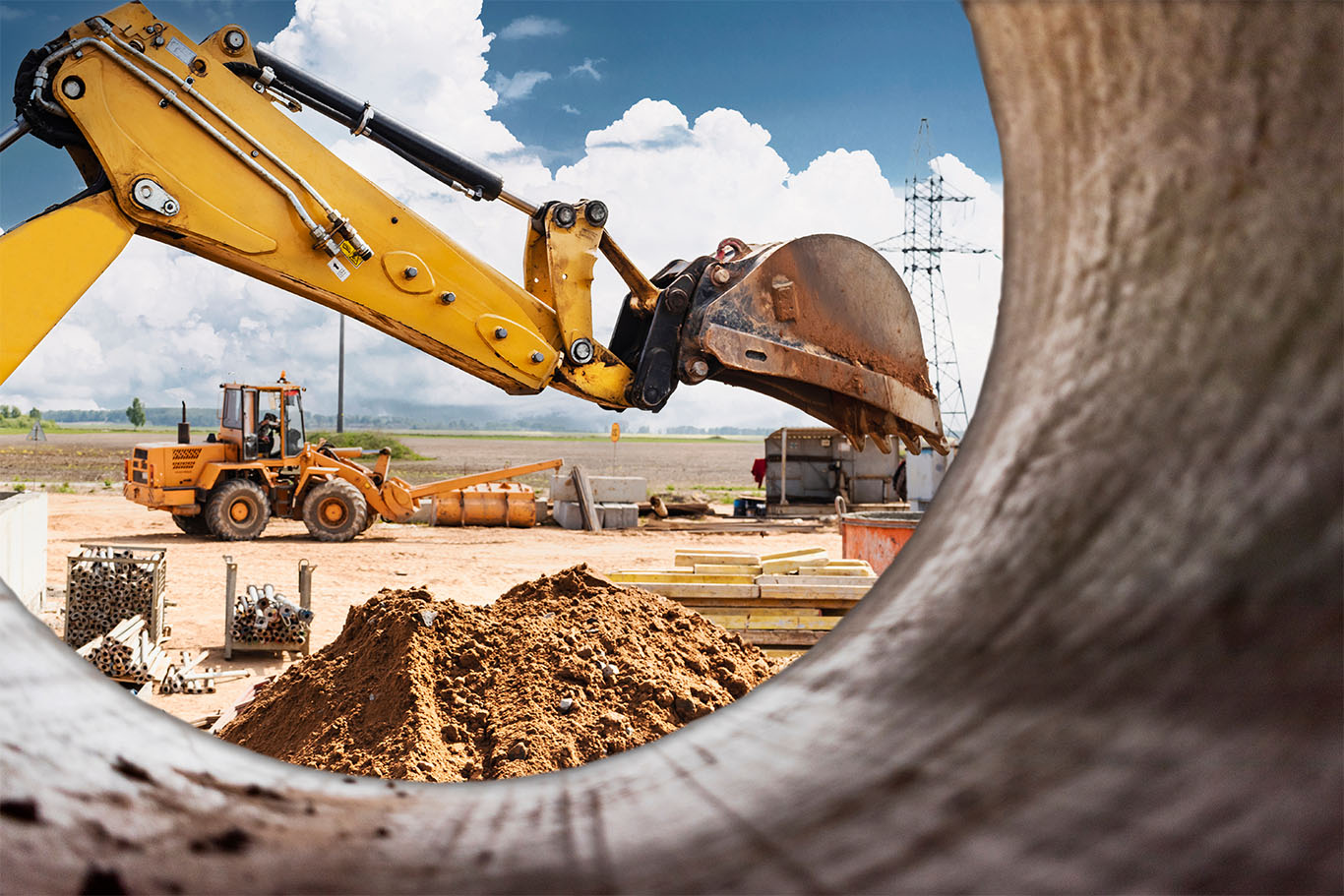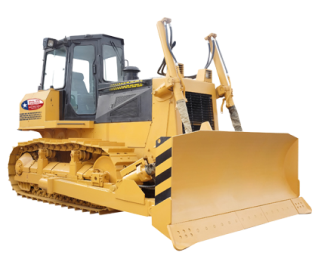Important Tips for Handling Heavy Equipment Rental Agreements and Logistics Properly
Successfully handling hefty devices rental agreements and logistics is crucial for the success of any job that depends on these resources. An extensive understanding of rental terms, coupled with accurate evaluation of equipment demands, lays the structure for beneficial negotiations.
Understand Rental Terms
Recognizing rental terms is vital for effective hefty tools administration. Familiarity with the certain terms of a rental agreement can considerably affect functional effectiveness and cost-effectiveness. Secret components normally include rental duration, repayment structure, and upkeep responsibilities. The rental period specifies the timeframe for which the equipment is leased, affecting budgeting and project timelines. Settlement frameworks often vary, incorporating daily, weekly, or regular monthly prices, which demand exact estimations to prevent unforeseen expenses.
Furthermore, it is vital to understand the maintenance responsibilities described in the agreement. Commonly, rental firms maintain the tools, yet recognizing who is responsible for routine checks and repairs is essential to stop functional interruptions. In addition, terms may include provisions concerning liability for problems or theft, which can have severe financial ramifications if not effectively recognized.

Assess Equipment Needs
Examining equipment demands is an important action for any type of job manager intending to optimize source allocation and enhance operational performance. This procedure includes a thorough assessment of the project demands, including particular jobs, timelines, and the sort of tools needed to achieve preferred results.
Begin by determining the range of the job and the jobs that will certainly be carried out. Consider elements such as the surface, the scale of operations, and any prospective difficulties that can influence devices selection. Involving with employee who will operate the machinery can provide valuable insights right into functional demands and choices.

Following, assess the ability and capacities of readily available equipment alternatives. It is vital to match the ideal equipment to the tasks available, making certain that it can manage the anticipated work without compromising safety and security or efficiency.
In addition, consider the rental duration and regularity of usage. Recognizing these elements can aid establish whether renting or buying is the most cost-efficient solution. By performing a comprehensive assessment of devices requirements, job managers can make educated decisions that cause boosted performance and reduced operational costs.
Negotiate Effectively
Once the devices requirements are clearly recognized, the next step includes effective arrangement with rental firms to safeguard desirable terms. Begin by researching different rental firms to understand their pricing frameworks, stock schedule, and credibility.
When approaching the settlement table, be clear about your demands, consisting of the kind of equipment, rental period, and any extra services you may require. This openness enables rental firms to give tailored options that can meet your particular requirements (construction equipment rentals). Do not hesitate to ask for price cuts, particularly for lasting leasings or mass orders, as many business agree to use giving ins to secure larger contracts
Additionally, take into consideration discussing terms associated to maintenance, shipment, and insurance coverage fees. These elements can substantially impact the overall cost and should be explicitly outlined in the rental contract. Lastly, ensure that all agreed-upon terms are recorded in contacting protect against misconceptions and shield your passions throughout the rental period. Efficient settlement not just leads to cost financial savings yet likewise develops a positive partnership with the rental firm.
Coordinate Transportation Logistics
Working with transport logistics is an important facet of handling heavy equipment rental contracts. Efficient transport guarantees that tools is provided promptly and in optimal condition, thus lessening downtime and enhancing task efficiency. To accomplish this, it is vital to create a thorough logistics intend that outlines the whole transport procedure from pick-up to delivery.
Begin by evaluating the certain transport needs based upon the kind and size of the equipment involved - construction equipment rentals. Engage with dependable transport service providers that focus on hefty equipment to ensure they have the necessary proficiency and devices, such as flatbed trucks or specialized trailers. Talk about elements such as weight restrictions, next page path constraints, and needed licenses to prevent unanticipated delays
Furthermore, maintain open communication with both the rental company and the transportation service provider to coordinate timetables effectively. Validate all details, including pick-up and drop-off times, to guarantee everyone is straightened and prepared. Develop contingency strategies to address any kind of possible interruptions, such as damaging climate or traffic conditions, which may impact the transportation timeline. By meticulously collaborating transport logistics, you can maintain the honesty of your rental agreement and facilitate smooth project implementation.
Strategy for Upkeep and Assistance

Additionally, it is vital to communicate directly with the rental copyright pertaining to maintenance responsibilities. Some agreements may consist of maintenance as part of the rental solution, while in various other situations, the obligation may drop on the occupant. Understanding these terms will certainly assist avoid unanticipated costs and responsibilities.
In addition, having access to technical support can be invaluable. Ensure that the rental company offers 24/7 assistance or an emergency situation contact, allowing for swift resolution of any type of devices issues. Training your team on appropriate devices use and regular checks can likewise significantly improve operational performance.
Verdict
In final thought, efficient management of heavy devices rental contracts and logistics hinges on a comprehensive understanding of rental terms, specific analysis of equipment needs, and proficient arrangement abilities. Stressing clear interaction with all stakeholders remains critical in navigating the intricacies of equipment service and logistics management.
Efficiently managing hefty devices rental agreements and logistics is important for the success of any type of Related Site project that counts on these resources. By extensively examining and comprehending these rental terms, companies can make educated choices, mitigate dangers, and make certain that their hefty equipment management aligns with project objectives and financial restraints.Collaborating transport logistics is an essential aspect of managing heavy tools rental agreements.In verdict, effective administration of heavy tools rental agreements and logistics joints on an extensive understanding of rental terms, specific evaluation of devices needs, and adept arrangement abilities. Emphasizing clear communication with all stakeholders stays important in navigating the complexities of equipment leasing and logistics administration.